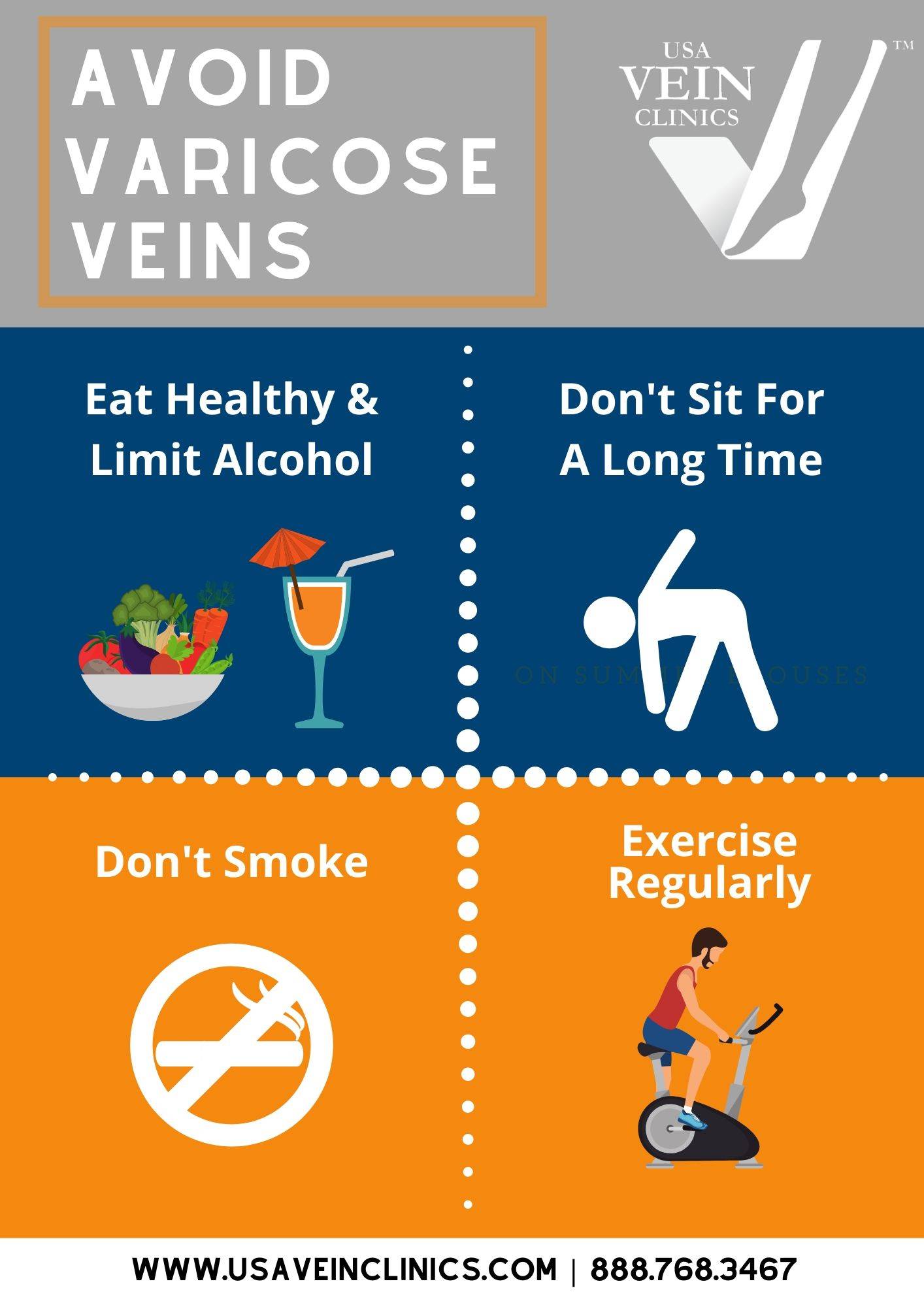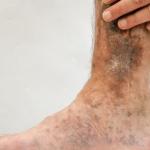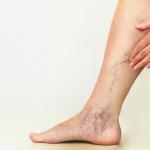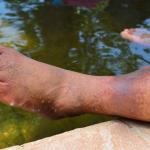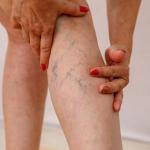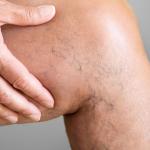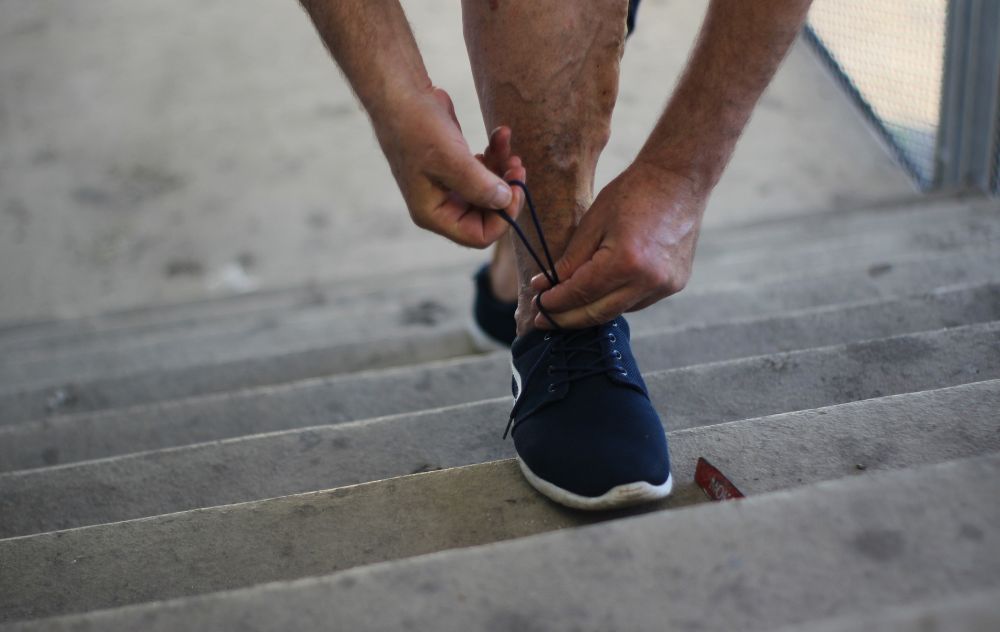
Understanding how to prevent varicose veins begins with making certain lifestyle changes. Varicose veins prevention matters because not only are varicose veins a cosmetic issue, they are also a sign of underlying vein disease, or venous insufficiency. If left untreated, vein disease can lead to painful and sometimes debilitating symptoms. It can also place you at increased risk for dangerous blood clots and venous ulcers.
Common symptoms of vein disease include:
- Swelling in the legs and ankles
- Tired, aching legs
- Burning in the calf or thigh
- Leg pain that feels better when you walk or raise your legs
- Itchy, dry skin
- Numbness or tingling sensation
- Difficulty standing for long periods
- Non-healing wounds on your legs
There are many risk factors for developing varicose veins, including age, genetics, pregnancy, and lifestyle. If you are at risk for developing varicose veins, we suggest following our healthy lifestyle recommendations. For those already suffering from the effects of varicose veins, minimally invasive, office-based vein treatment may also be beneficial.
Below, we cover everything you need to know about vein disease, varicose veins prevention, and non-surgical vein treatment. If you have additional questions about how to prevent varicose veins in legs, we recommend consulting a vein specialist.
How to Prevent Varicose Veins in Your Legs
Vein disease, also known as venous insufficiency, impacts blood circulation. When tiny, one-way vein valves in the legs aren’t working properly, blood begins to flow backward and pool in the legs, ankles, and feet. This can cause painful and unpleasant symptoms like pain, cramping, heaviness, and swelling.
Perhaps you already have signs of vein disease, such as varicose or spider veins. Or, you may be considered at high risk for developing venous insufficiency. In either case, you can take action now to help with varicose veins prevention. Making healthy lifestyle changes can also keep problematic veins from getting even worse.
Unfortunately, if you have a family history of varicose veins, you are more likely to develop them. You may also be at increased risk if you are:
- Female
- Over age 50
- Overweight
- Pregnant
Our vein specialists recommend the following six tips on how to prevent varicose veins. Keep in mind that following a healthy lifestyle is not always enough to prevent varicose veins. In those cases, minimally invasive vein treatment can alleviate painful venous symptoms, reduce the risk of developing serious
Varicose Veins Prevention Tips
Not only can the following expert tips help prevent varicose veins, but they can also improve symptoms like leg swelling, cramping, and fatigue. If you already have varicose veins, these same tips can keep things from getting worse and prevent additional venous issues from occurring.
For personalized recommendations, consult an experienced vein specialist.
Tip #1. Move Around Frequently Throughout The Day
Individuals who sit or stand for prolonged periods are at increased risk of developing varicose veins. Being sedentary places increased pressure on the hips, legs, and ankles –– which can strain delicate vein valves and worsen vein disease symptoms.
Therefore, our first tip on how to prevent varicose veins is to avoid sitting or standing for long periods of time. If you have a job that requires prolonged sitting or standing, try to take frequent breaks to walk around or stretch your legs. When stuck in one place, massage your legs, ankles, and feet to boost circulation.
Tip #2. Exercise Regularly
Participating in regular physical activity is a key element of varicose vein prevention. If you’re just getting started with an exercise program, make sure to first talk to your doctor. Then, try walking with a friend or joining a gym for added support.
For variety, consider playing a sport, taking a dance class, or going for a swim at a pool, lake, or beach. The important thing is to find an activity that you enjoy and can stick with over time. For maximum health benefits, you should aim to exercise at least 30 minutes daily, five days per week.
Tip #3. Eat A Healthy Diet
You may also need to take a good look at what you are eating. For best results, avoid foods high in sodium, added sugars, unhealthy fats, and cholesterol. Limiting alcoholic beverages is also a good idea. All of these substances can increase blood pressure, which in turn can impact your vein health.
Along with supporting varicose vein prevention, eating a well-rounded diet has plenty of additional health benefits. If you need help to figure out what you should be eating, talk to your doctor about visiting a nutritionist.
Tip #4. Quit Smoking
If you are a smoker, we want you to know that not only is this bad for your veins, smoking has many dangerous health consequences –– some of which are lethal. We strongly encourage you to kick this habit to protect your overall health.
Quitting smoking can also aid varicose veins prevention. Start by asking your friends and family for their support. We also recommend talking to your doctor for recommended smoking cessation programs.
Tip #5. Maintain a Healthy Weight
When it comes to varicose vein prevention, it is critical to manage your overall weight. Being overweight or obese is a major risk factor for vein disease since excess body weight places additional strain on your veins. In addition, related health conditions like diabetes and high blood pressure are also risk factors for the development or worsening of varicose veins.
We recommend achieving and maintaining a healthy body mass index (BMI), along with managing other underlying health conditions. If you are struggling to lose excess weight, consider joining a commercial or medical weight loss program.
Tip #6. Wear Compression Socks
Are you considered at high risk for varicose veins? Another expert recommendation for how to prevent varicose veins is to wear compression socks. These important garments are designed to boost blood flow in the legs, ankles, and feet, thereby reducing your risk of varicose veins.
If you are interested in using compression socks, talk to your doctor about which type would be best to wear, as well as how often to wear them.
Discover How to Prevent Varicose Veins with USA Vein Clinics
Whether you already have varicose veins or are actively trying to prevent them, our vein specialists can help. We want you to know how to prevent varicose veins in legs and when you need to treat them. After all, varicose veins have the potential to negatively impact your overall quality of life.
At USA Vein Clinics, we encourage you to make proactive lifestyle changes to reduce your varicose vein risk factors. We also believe in treating vein disease before it prevents you from enjoying the healthy, happy life that you deserve. That’s why our top-rated, compassionate vein specialists offer minimally invasive, office-based treatment for varicose veins, spider veins, and other vein conditions.
Most of our vein treatments take under an hour, from start to finish. Afterward, you can immediately return to normal activities. If you are experiencing symptoms of vein disease, contact us for a full medical evaluation and personalized treatment recommendations.
We can be reached at your convenience in one of these four ways:
- Call us at 888.768.3467
- Schedule an initial consultation online
- Request a telemedicine appointment
- Stop by one of over 100 USA Vein Clinics locations
Vein treatment is usually covered by most major insurance plans, including Medicare and Medicaid. We can work directly with your health insurance provider to maximize your benefits, allowing you to remain focused on your vein health.

